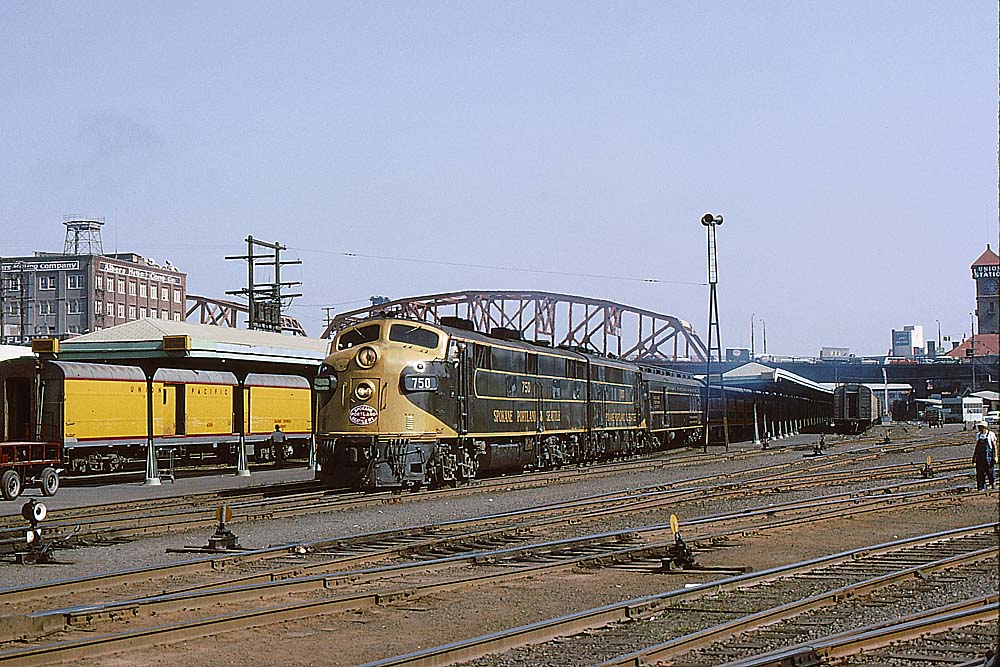
The Spokane, Portland and Seattle Railway was the product of sparring during 1905-1909 between “Empire Builder” James J. Hill of the Great Northern and Edward H. Harriman of the Union Pacific and Southern Pacific, by which Hill’s GN, as well as Northern Pacific (which Hill controlled at the time), got much-improved access to Portland, while […]
Read More…
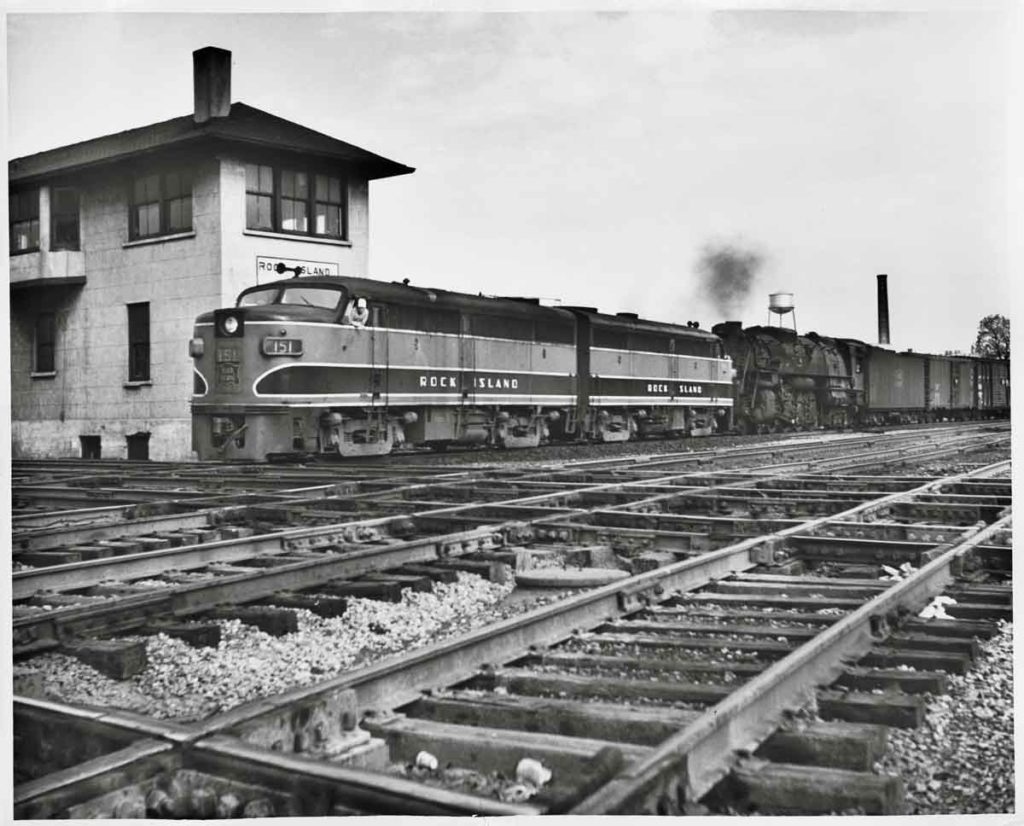
Rock Island FA diesels 151 and 145 doublehead with 4-8-4 5119 on a westbound freight at Joliet, Ill., in fall 1951. The train is passing JD tower, where RI crossed the Santa Fe and GM&O. Wallace W. Abbey photo […]
Read More…
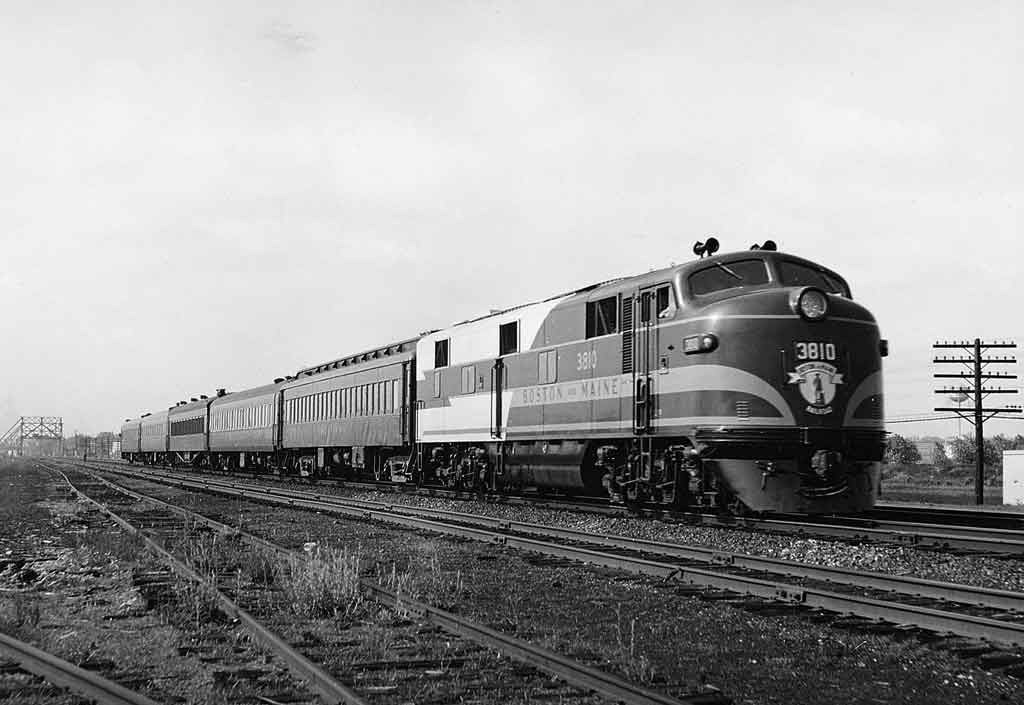
Brand-new E7 3810 leads Boston & Maine’s Mountaineer out of Boston in June 1946. The diesel illustrates the as-delivered scheme of B&M’s E7’s, with silver at the rear of the maroon and yellow carbody. Albert G. Hale photo […]
Read More…
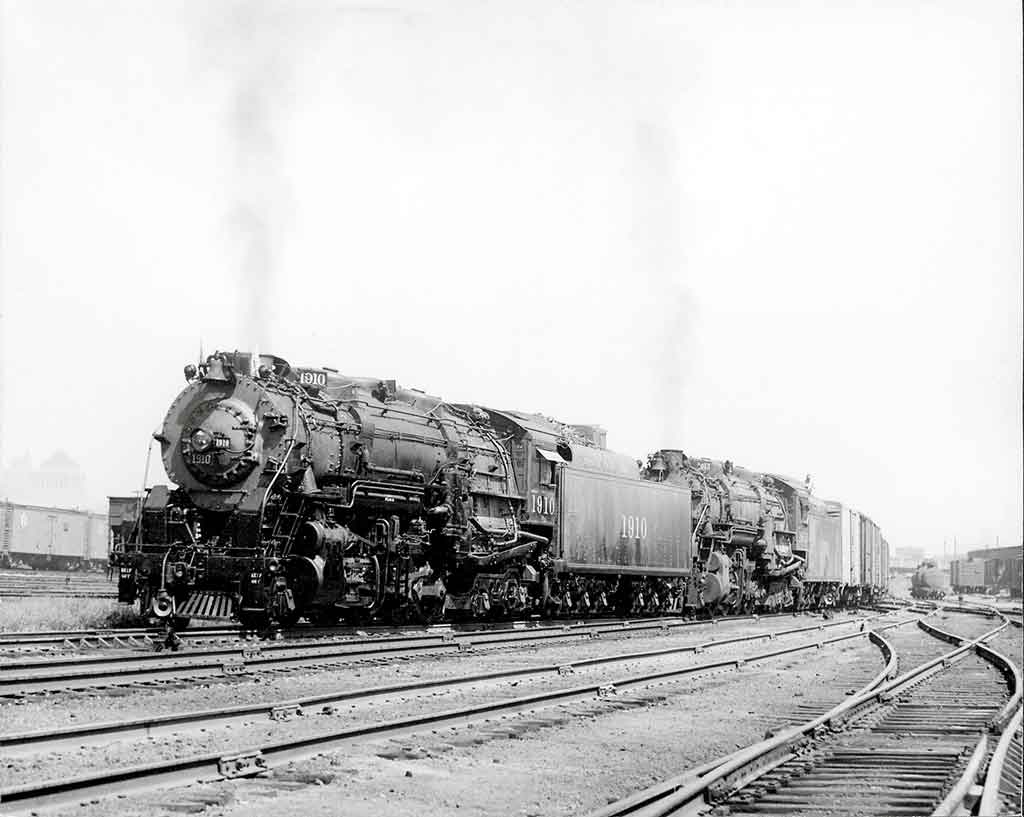
Two of Missouri Pacific’s 25 2-8-4 Berkshires, built by Lima in 1935, get under way with a freight at St. Louis. H. F. Harvey coll. […]
Read More…
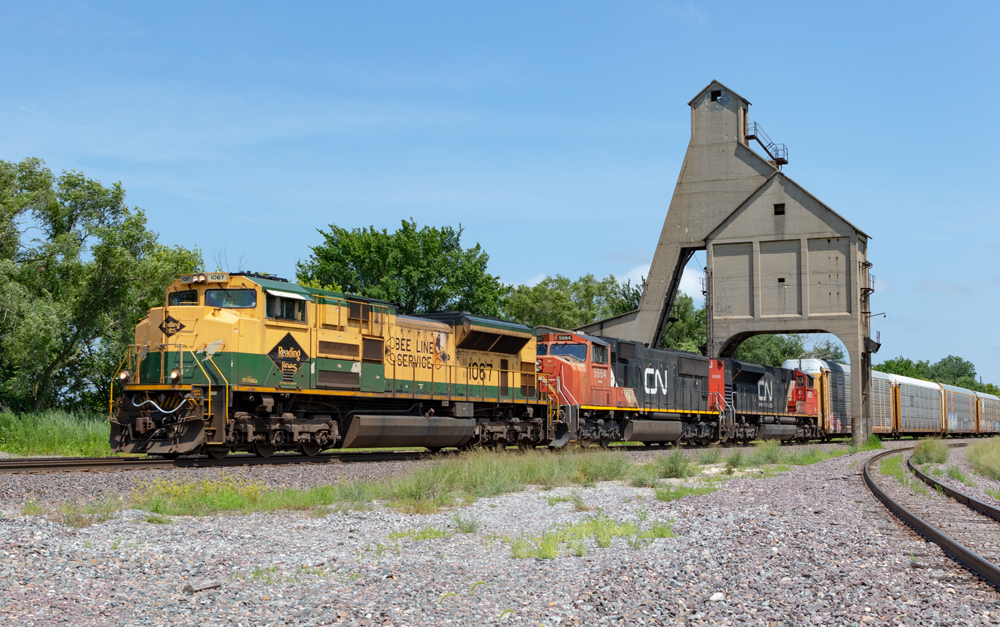
In service cab signals: When you watch trains these days just about any locomotive can show up on the point of a train. From run-through agreements to precision scheduled railroading keeping locomotive rosters lean, you just never know what may show up leading the next train. Over the years, a railfan seeking home road power […]
Read More…

Two Alco DL109’s roll the New Haven’s crack New York–Boston Merchants Limited through East Haven, Conn., in mid-1947. The last all-parlor-car train in the U.S., the Merchants got coaches in 1949. T. J. Donahue photo […]
Read More…
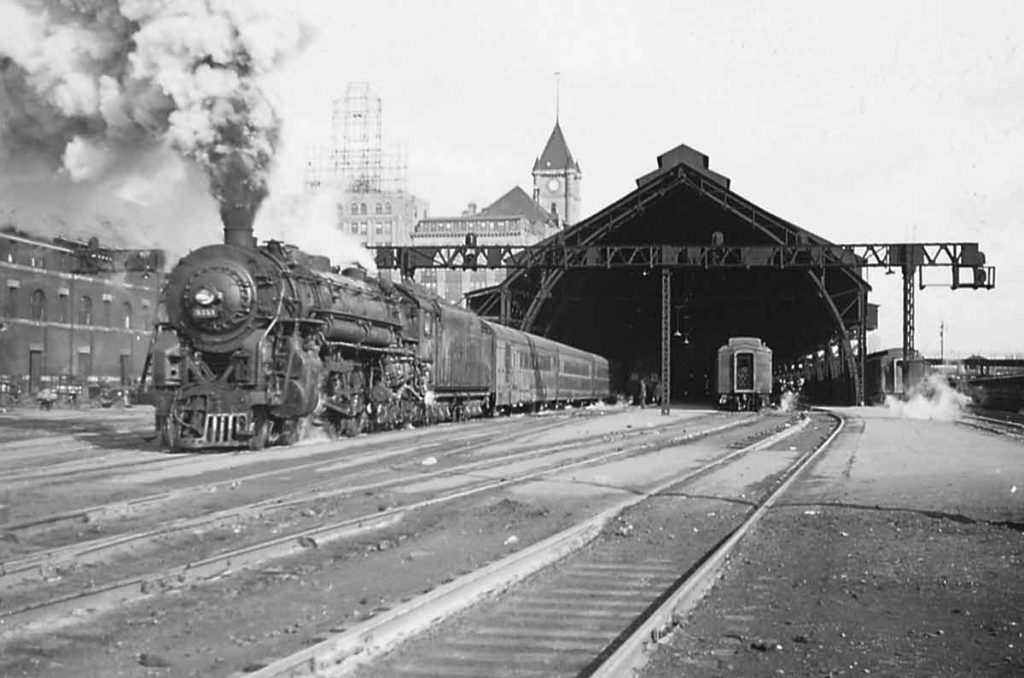
In Chicago, trains of New York Central subsidiary Michigan Central generally used Illinois Central’s lakefront Central Station. Here a Hudson starts the Chicago Mercury on its run to Detroit. The terminal’s arched trainshed was removed in the early 1940s. Richard Luryman photo […]
Read More…
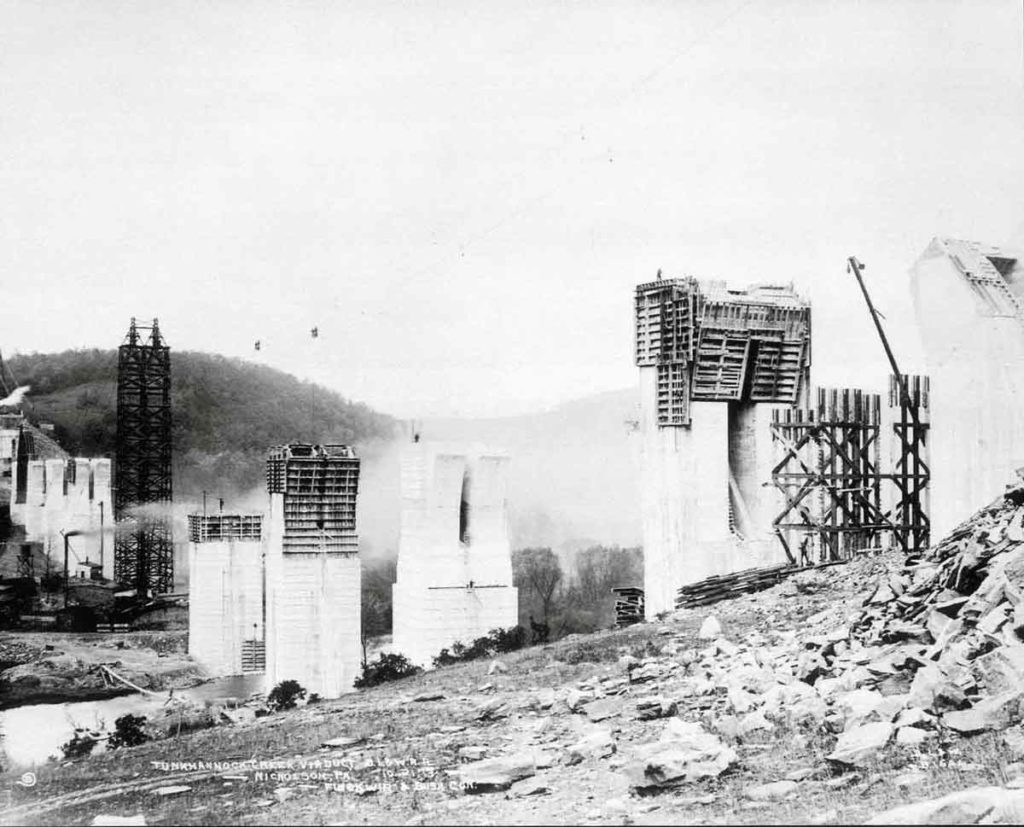
Construction of the Lackawanna Railroad’s colossal viaduct over Tunkhannock Creek at Nicholson, Pa., is in its early stages in this photo from Oct. 21, 1913. Nicholson Public Library photo […]
Read More…
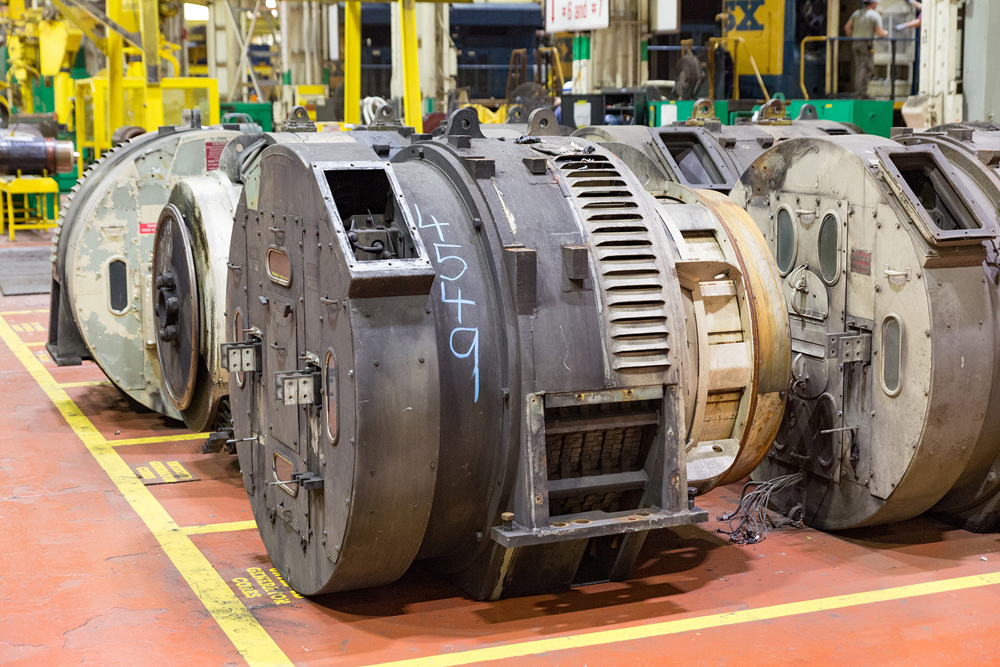
What locomotive generators do is no secret: They produce electricity. Alternators and generators in locomotives convert mechanical energy from the prime mover to electrical energy to pull the train. They are the main device connected to the prime mover. Advances over the years have improved the type and size of alternators and generators, enabling locomotive […]
Read More…
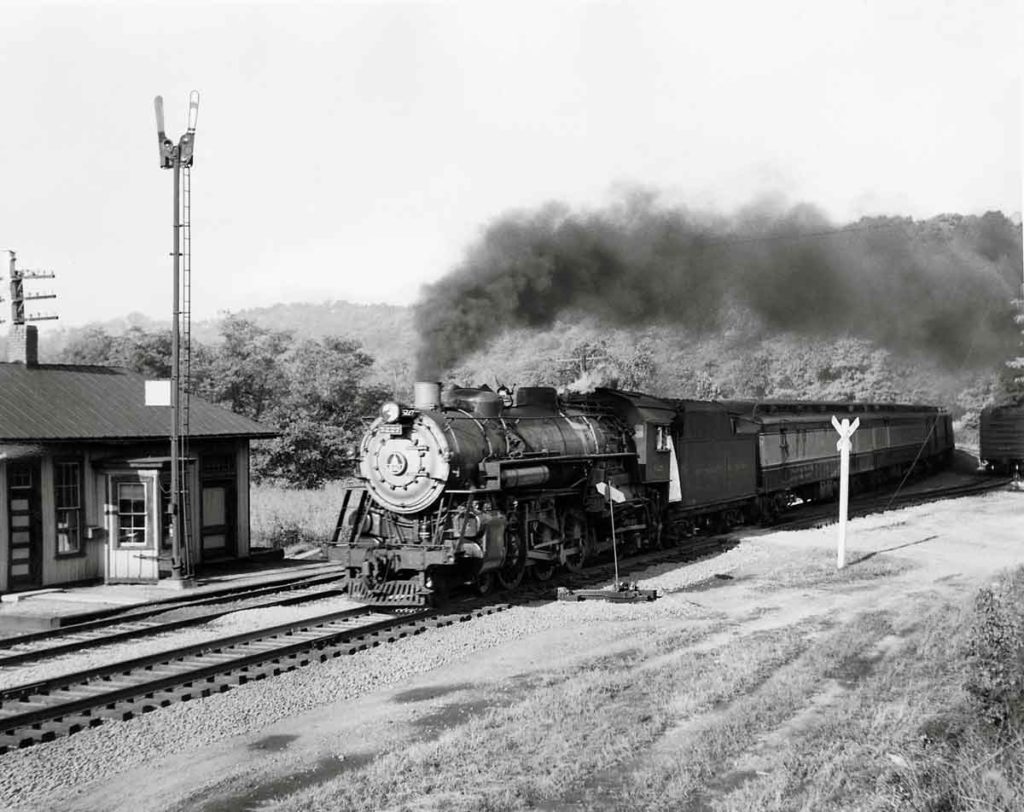
Baltimore & Ohio class P-5 No. 5227, a USRA light Pacific, hurries through North Bend, Ohio, with overnight St. Louis–Cincinnati local train 30 in September 1954. Philip R. Hastings photo […]
Read More…
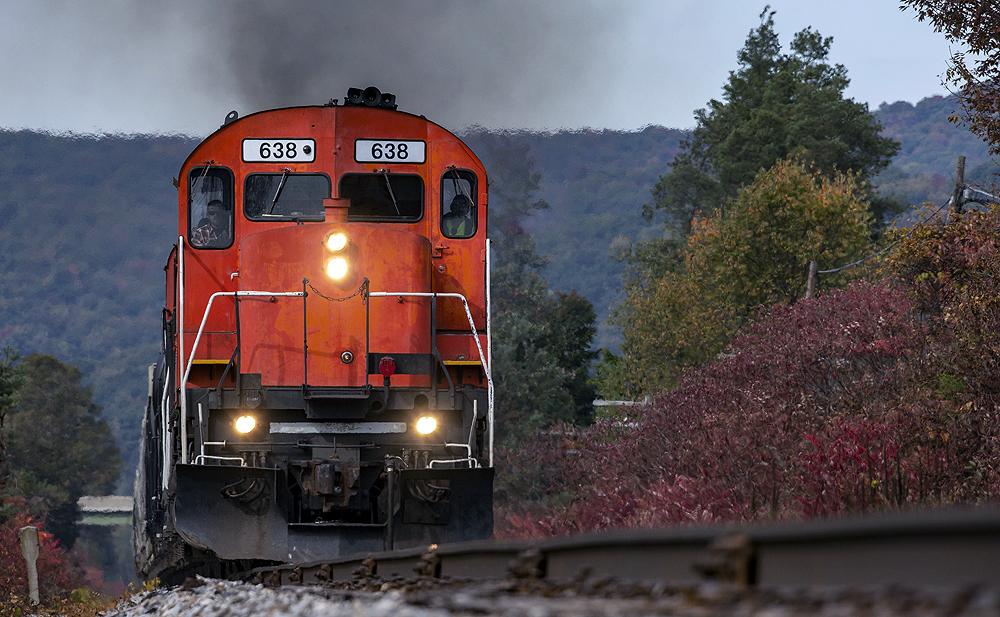
Working mountain Alco locomotives: Nestled in the wide rolling hills on the western edge of New York’s Southern Tier lies the formerly two-railroad town of Olean, N.Y. A quaint, unsuspecting town of 13,000 residents located along the placid Allegheny River was once a railfanning destination, that is — until the formation of Conrail. Dozens of […]
Read More…
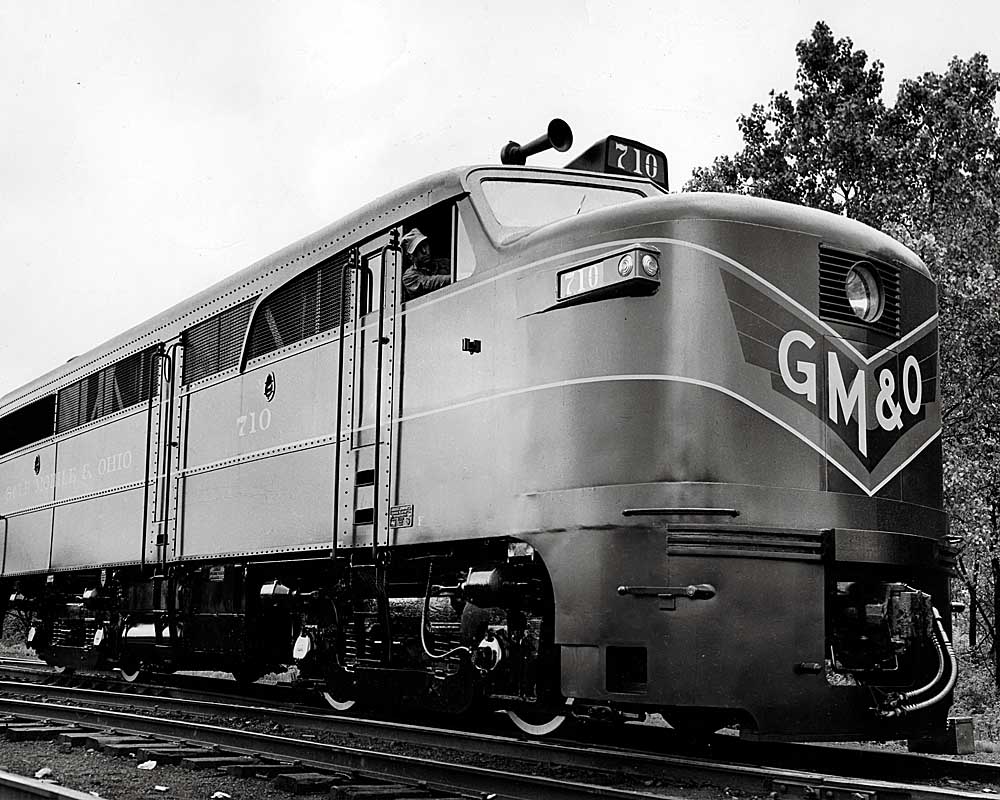
Please enjoy this photo gallery of Gulf, Mobile and Ohio locomotives selected from files in Kalmbach Media‘s David P. Morgan Library. The Gulf, Mobile and Ohio was one of the first major railroads to completely dieselize, with the last steam locomotive dropping its fire in October 1949. The GM&O was an early Alco customer, […]
Read More…












